Surprisingly, the most talked-about product in the new M4 series is the previously overlooked Mac Mini.
Besides its great value, the M4 Mac Mini has revamped its 14-year-old design, becoming so compact it can be held with one hand, sparking much discussion.
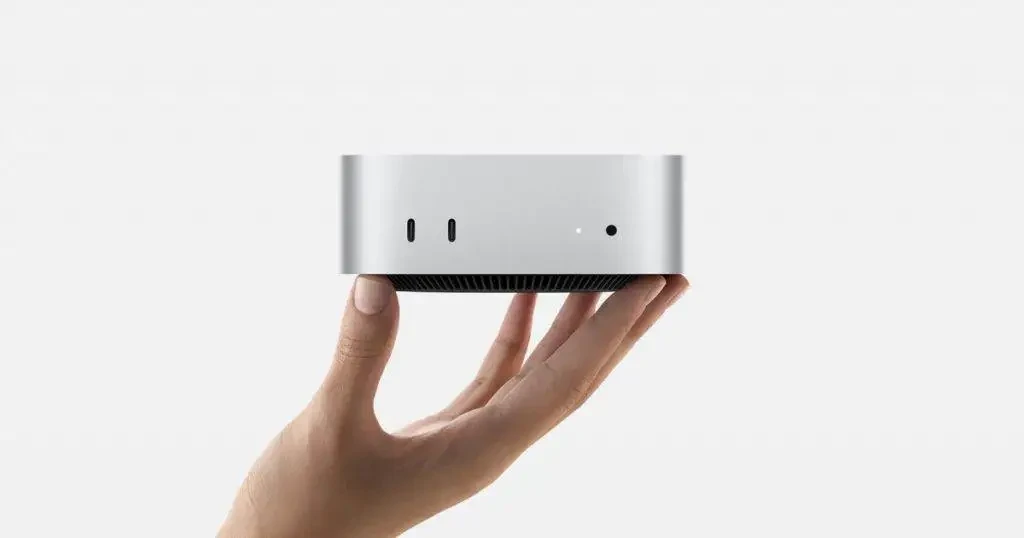
When compared side by side, the new Mac Mini is noticeably smaller than the previous model, only slightly larger than an Apple TV.

How did Apple make the Mac Mini smaller? With this question in mind, many bloggers have opened up the latest Mac Mini to uncover the secrets inside Apple’s smallest computer yet.
But first, let’s revisit the teardown of the previous generation Mac Mini:
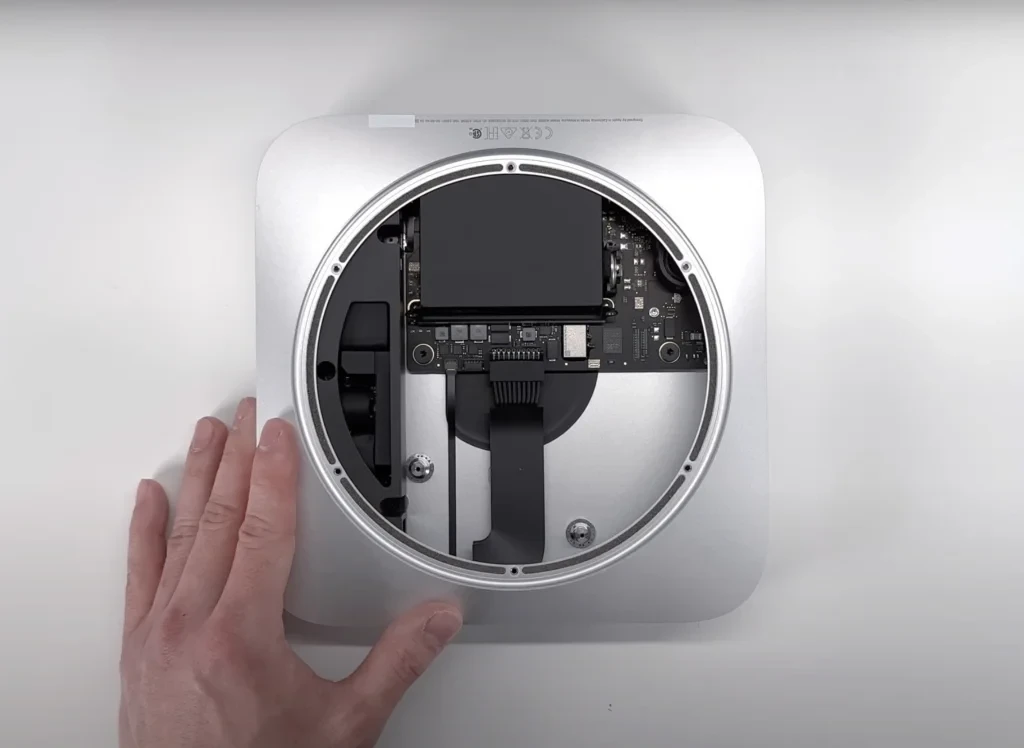
With the use of Apple Silicon chips, the Mac Mini’s motherboard has already become much smaller, occupying only half of the Mac Mini’s case, leaving extra space humorously dubbed “fish tank” by netizens.
Thus, the reduction in size of the new M4 Mac Mini isn’t an “industrial miracle,” but rather a matter of eliminating the previously unused space. The new Mac Mini’s interior is very compact, with every inch filled with components:
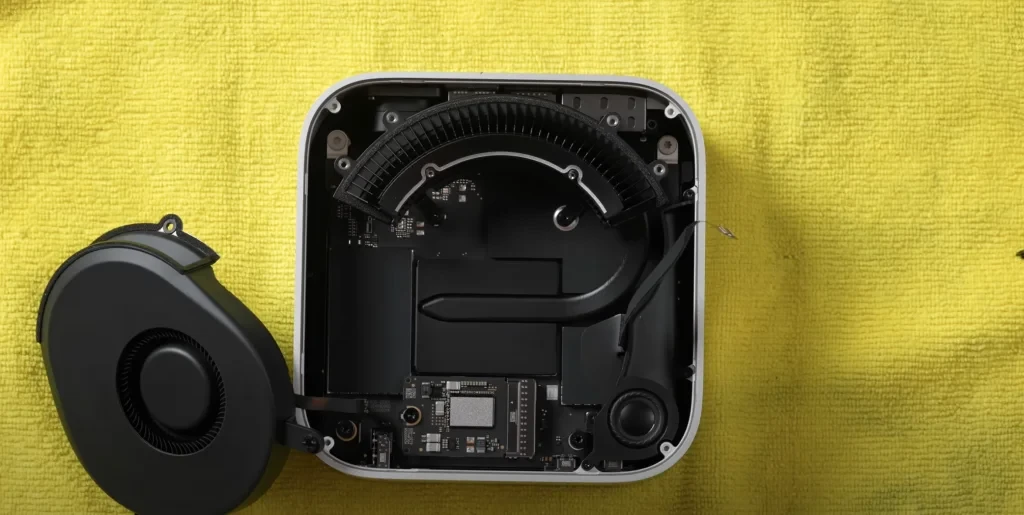
To free up more internal space, the new Mac Mini’s Wi-Fi and Bluetooth modules are not integrated into the core of the body but are instead placed separately on a small auxiliary board above the bottom heat shield, using the metal shield as an antenna—a clever and efficient design.
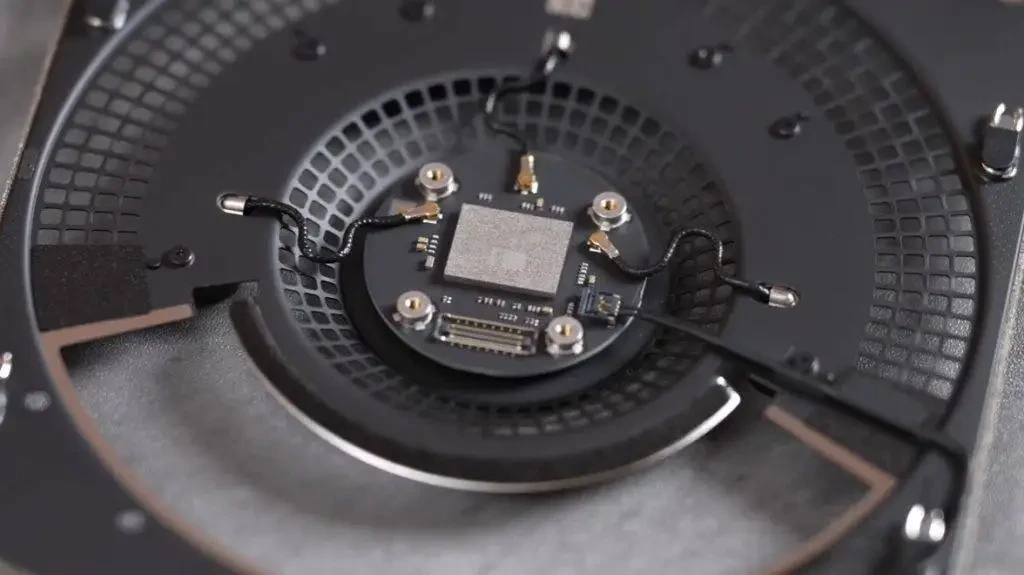
The compact body means the new Mac Mini no longer has the extra internal space for passive cooling like its predecessor. Apple has designed a new cooling solution: the fan is near the front, the exhaust is near the back, and air is drawn in from the bottom, circulating inside before being expelled.

The air outlet has a certain tilt angle, allowing hot air to be expelled more quickly, and the back of the device also directs heat away from the user.
Under the fan cover is the Mac mini’s motherboard and power supply, arranged in a double-layer configuration.
Upon removing the motherboard, you’ll find that the core part of the Mac mini actually occupies less than half of the case’s size. If the power supply were external, the Mac mini could be even smaller.
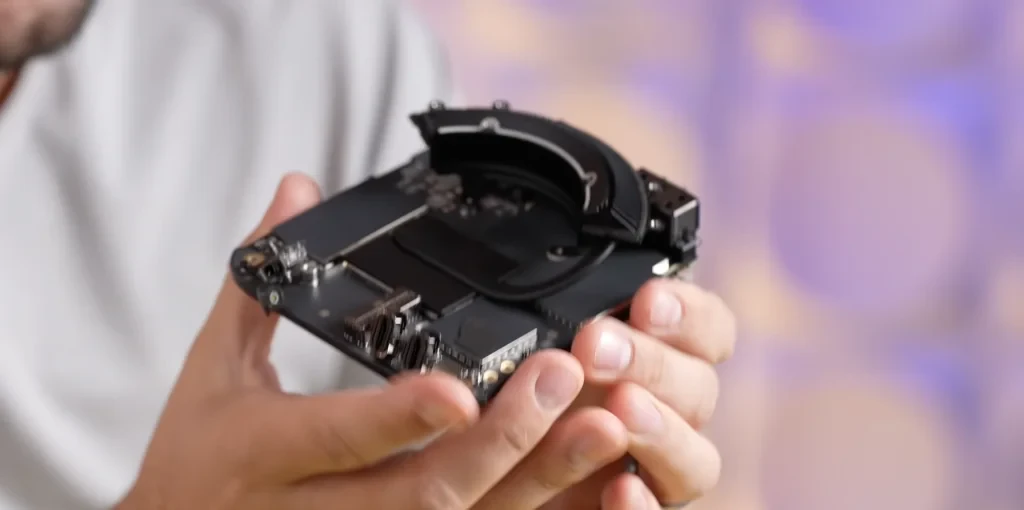
A prominent feature on the motherboard is the storage SSD module.
The screws on this SSD module indicate that, unlike most Mac products, this storage module is not soldered onto the motherboard but is a modular design that can be removed with a screwdriver.
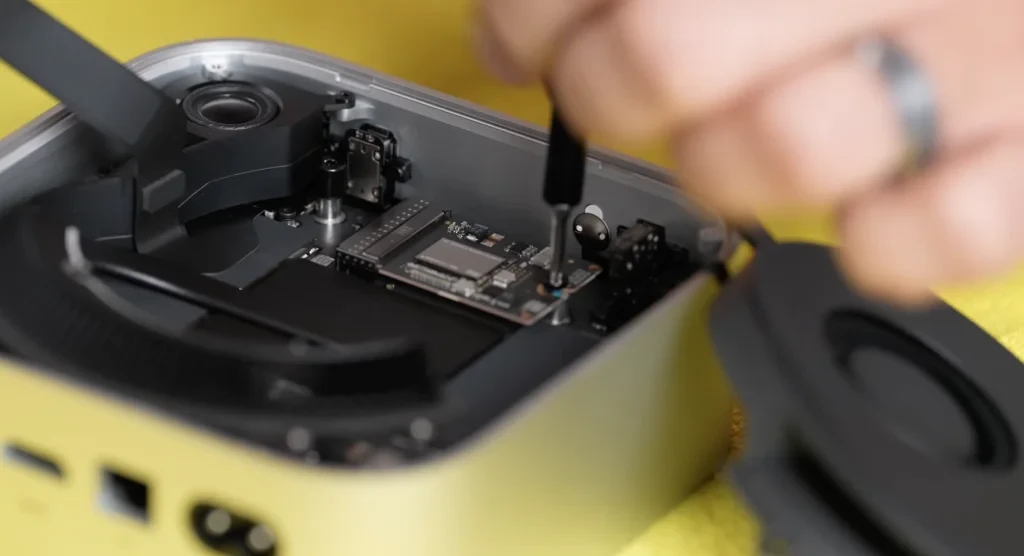
This design is very similar to the Mac Studio, but the slot for this storage board is uniquely designed by Apple and is not compatible with standard PC expansion boards.
Some technicians have tested and found that by replacing the storage chips, they can continue to use the original storage board for expansion. Although the technical difficulty is lower than replacing the soldered chips on a MacBook Pro motherboard, it’s still not something an average user can do.
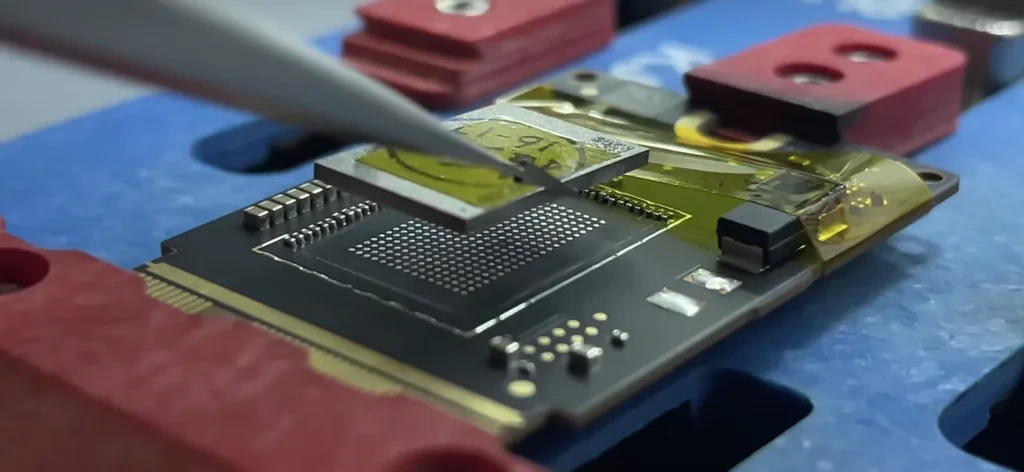
iFixit attempted to transfer a 512GB hard drive module from a new Mac mini to a 256GB version. After simple configuration, the device booted normally. This means the new Mac mini can indeed be easily upgraded for more storage space.
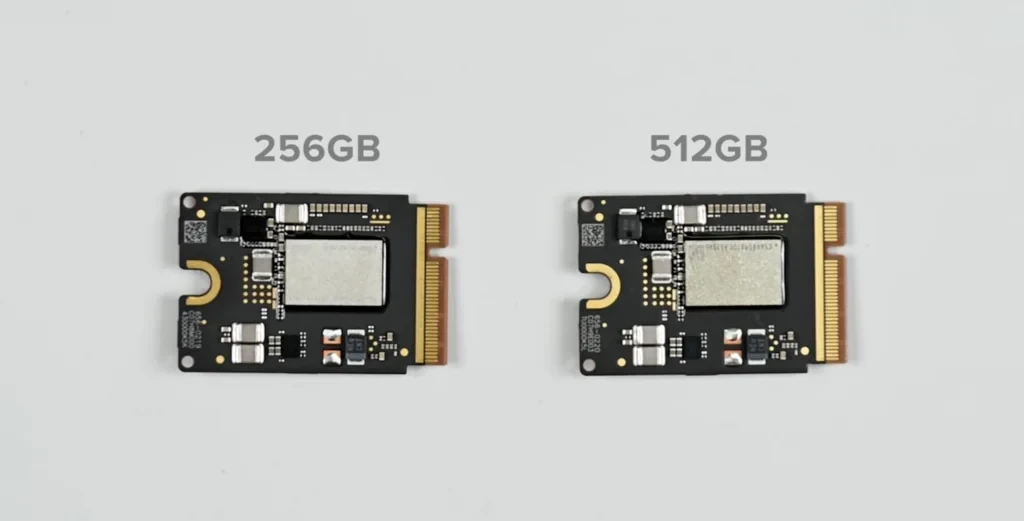
Starting with the M2 series, Apple equipped Mac products with 256GB storage with a single storage chip, resulting in read and write speeds half as fast as dual-chip drives, which drew criticism from many users.
The new Mac mini’s 256GB version is equipped with two storage chips again, making its read and write speeds comparable to versions with higher storage capacity.
As for the M4 Pro version of the Mac mini, the storage module is longer than the M4 version, possibly to better support the Thunderbolt 5 interface’s 120GB per second read and write speed.
iFixit tried installing a non-Pro version storage module in a Pro version machine, but the device failed to boot.
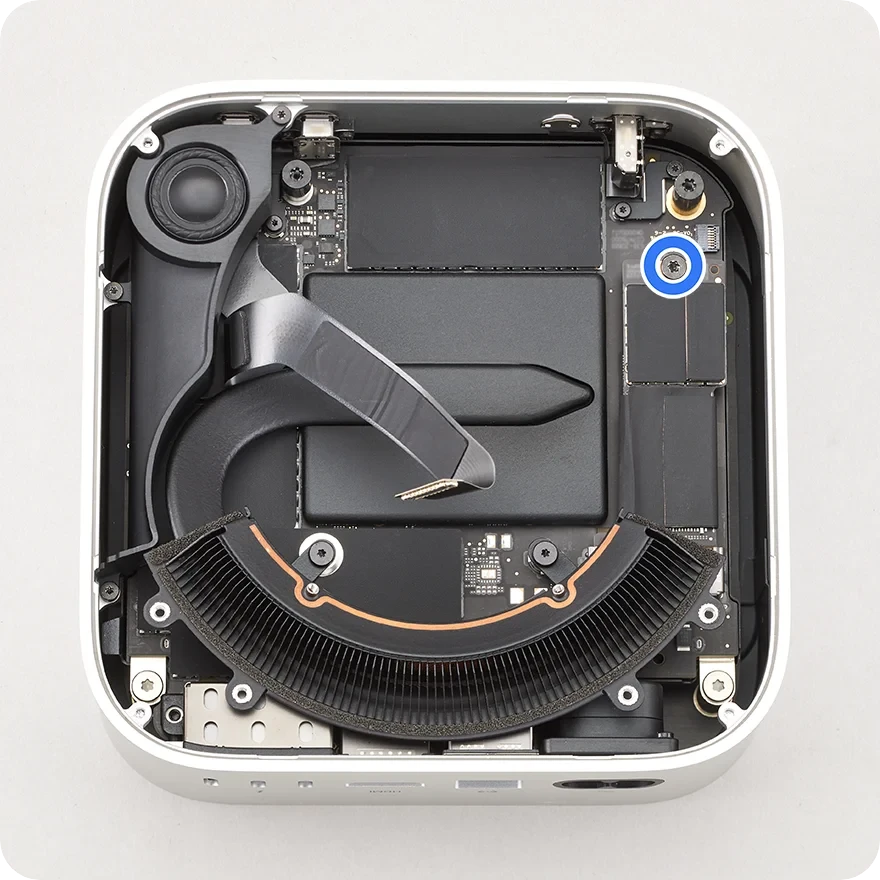
Additionally, the M4 Pro’s heat spreader is larger, the heat pipes are thicker, and the fins are denser, providing better cooling for more powerful chips.
A small update is that the new Mac mini’s built-in speaker has a new chamber, improving sound quality, though it still lags behind other Mac products.
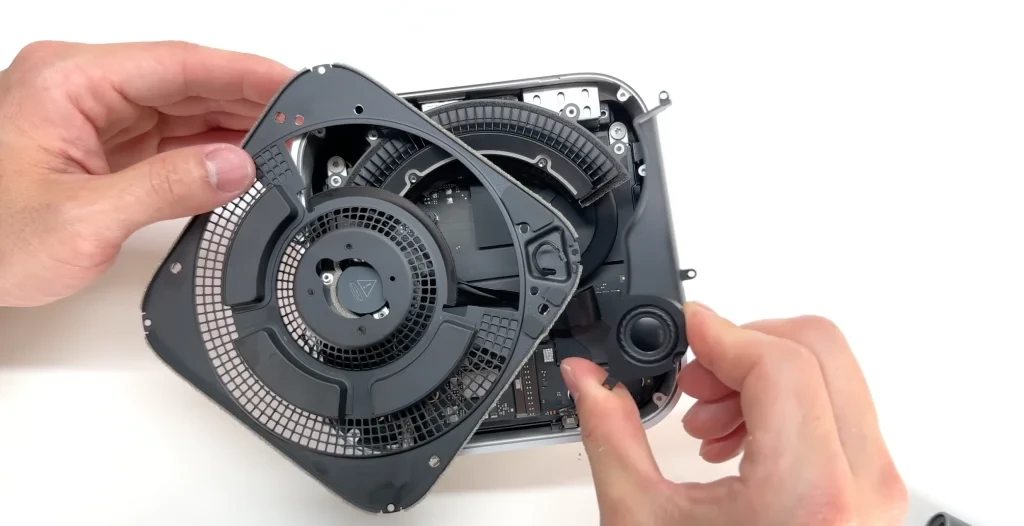
Below the motherboard is the power supply. Apple has its own method of connecting the power supply to the motherboard: two screws on the motherboard connect directly to the power bus, eliminating the need for additional connectors.
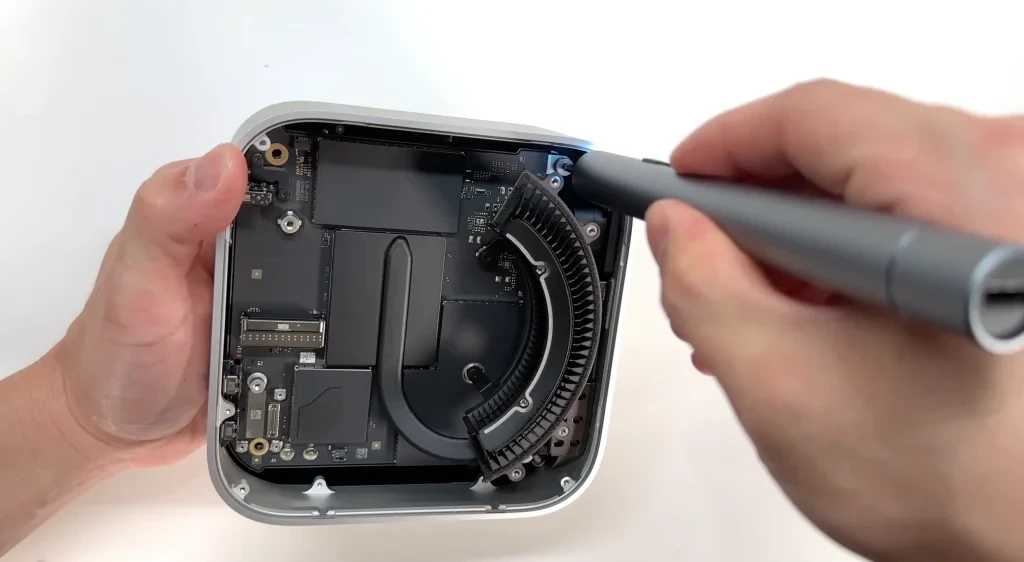
The power supply design is also unique. Apple has capacitors pass through the entire circuit board rather than standing upright. This approach is more costly but effectively controls the thickness of the power panel.
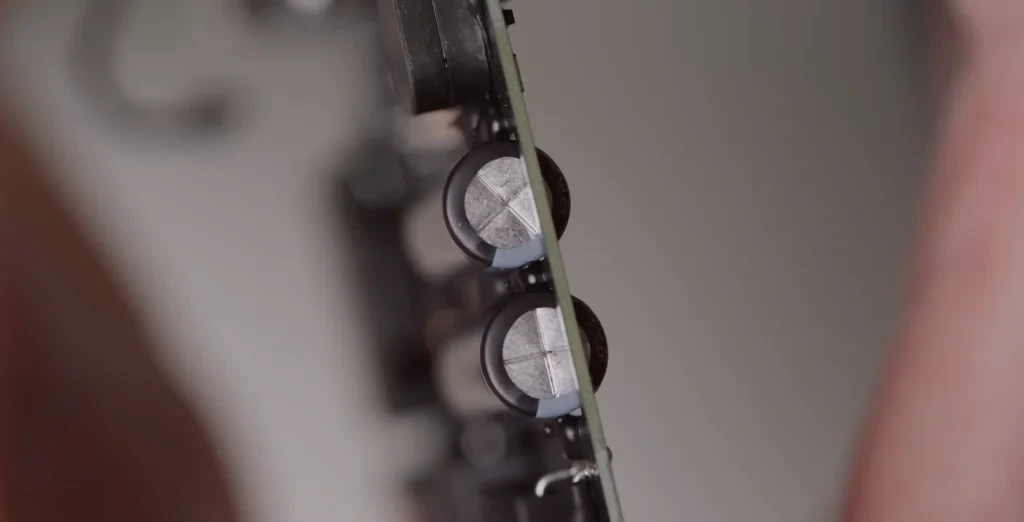
After examining the internal design of the new Mac mini, another notable change is that this Mac mini is very easy to disassemble.
The trickiest part might be the bottom cover of the device: it uses a snap design, and applying too much force could cause cracks.
Once the cover is removed, the other parts are easy to disassemble. The body is highly integrated, with almost all components fixed with screws or snaps, making the disassembly process straightforward and intuitive, with minimal use of single-use glue or soldering.
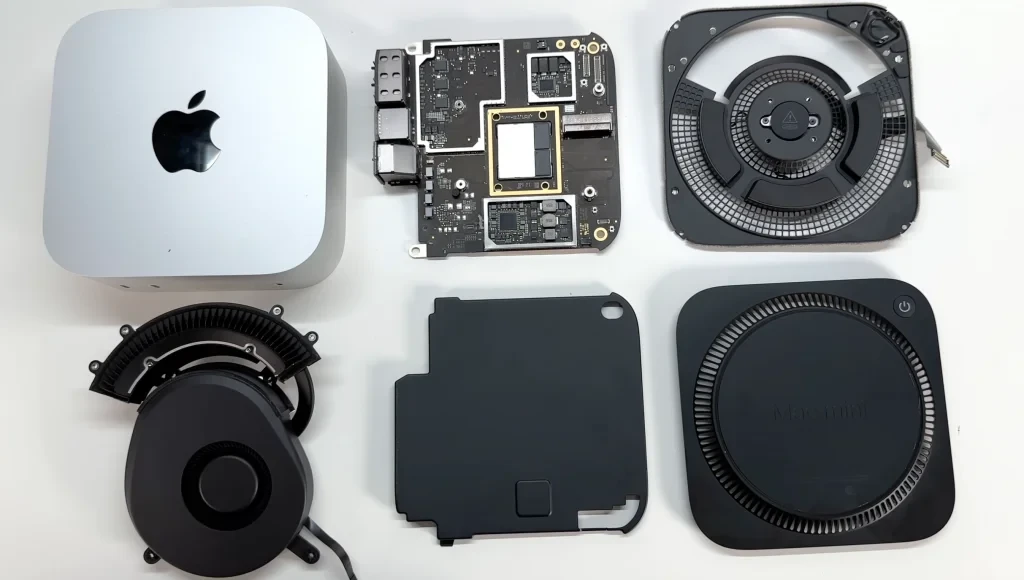
New iPad Pro in 2024 has also undergone significant slimming, using a lot of adhesive instead of screws to achieve the thinnest body among Apple products.
The new Mac mini even surpasses the old model. All ports on the M2 are soldered to the motherboard, and the new front Type-C and 3.5mm headphone ports use a modular design that can be easily disassembled with a screwdriver, along with a removable SSD module. This greatly reduces the difficulty of repairs and even allows for future hard drive expansion.
The renowned repair evaluation agency iFixit gave the new Mac mini a repairability score of 7, one point higher than the previous generation. Apple also provides detailed repair guides.
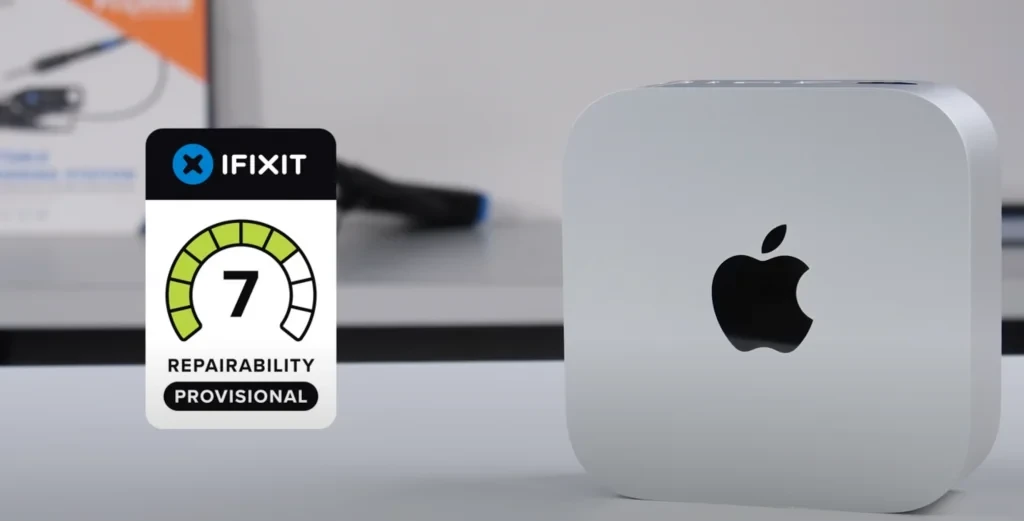
After looking at the internal design of the new Mac mini, the most intuitive feeling is two kinds of “longevity”:
- The powerful performance of the M4 processor, high internal repairability, and potential for upgrades mean the new Mac mini is a computer that can be used for a long time;
- The compact and convenient external body, with a highly integrated and well-designed internal panel, suggests that this new design might become a fixed template for the Mac mini for a long time.
Although it is already very compact, I still look forward to an even more extreme version that can fit in a pocket. I wonder how many years we will have to wait for that?
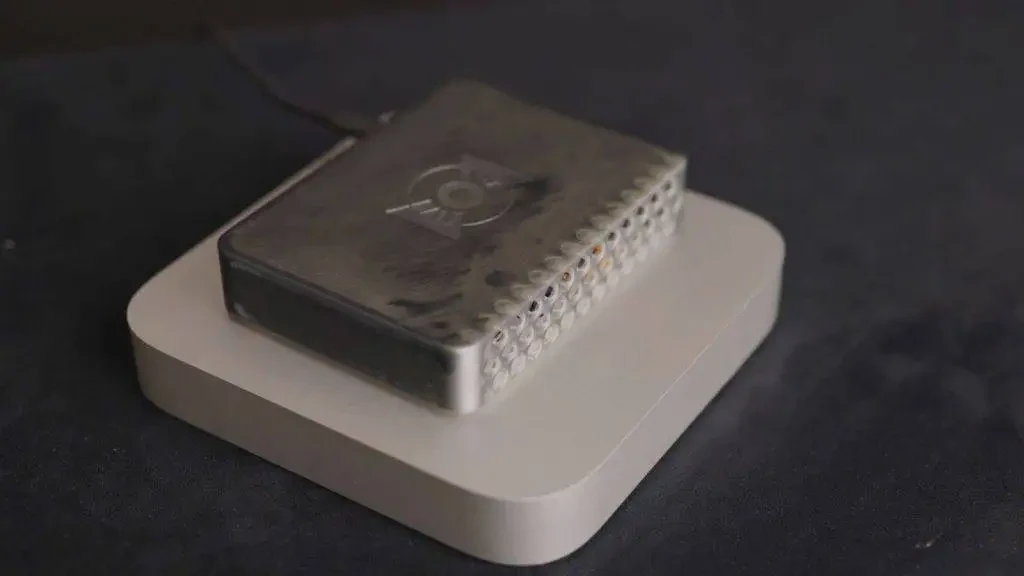
Source from ifanr
Disclaimer: The information set forth above is provided by ifanr.com, independently of Alibaba.com. Alibaba.com makes no representation and warranties as to the quality and reliability of the seller and products. Alibaba.com expressly disclaims any liability for breaches pertaining to the copyright of content.



